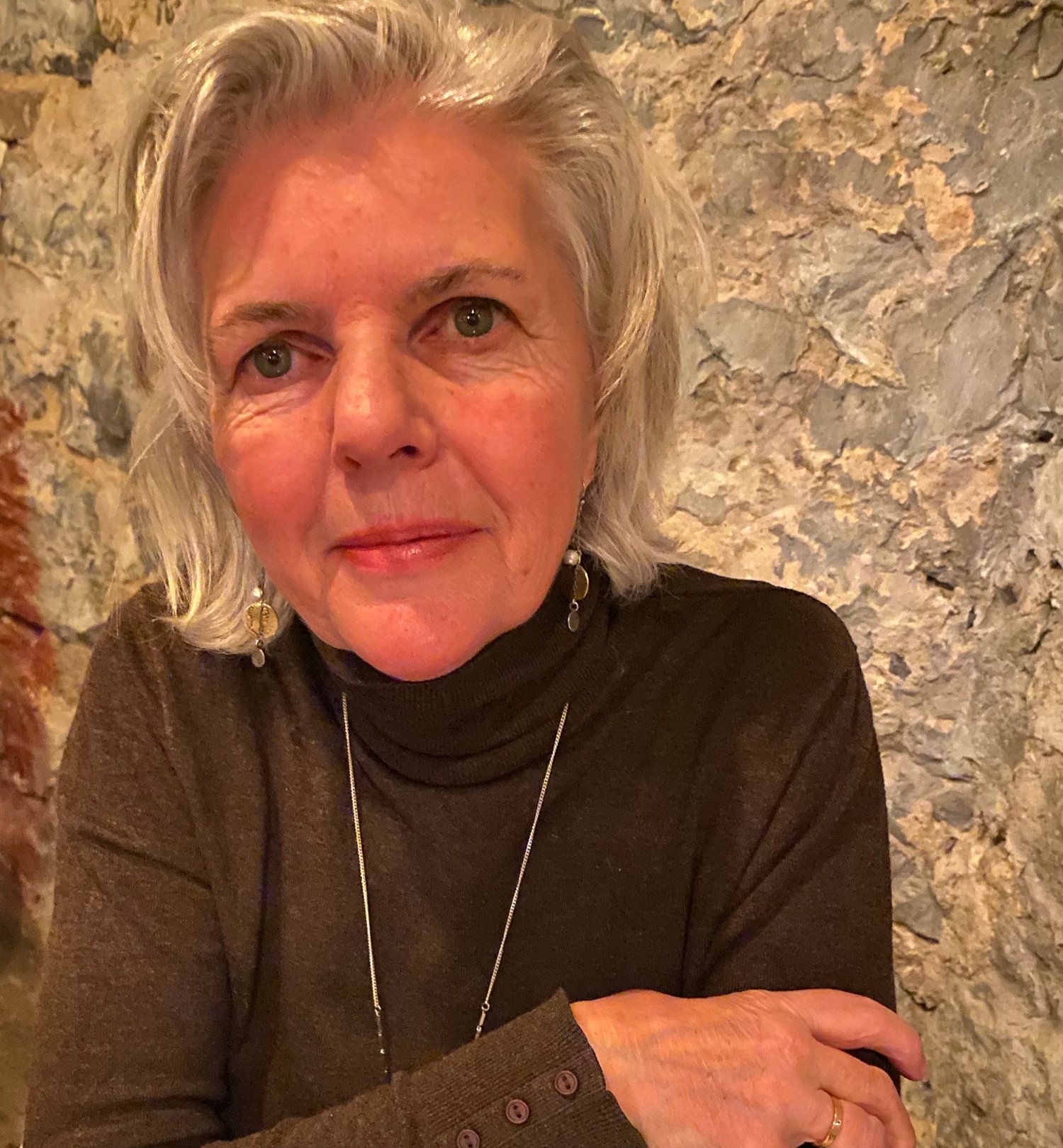Fear Fills the Space Between Us
/
I am re-reading H is for Hawk, Helen MacDonald's spiritual journey through grief. I read this book in 2017 during the weeks I was giving the stitches and drains time to heal after a mastectomy due to breast cancer. It seems the bleak scenes I cringed over then, have come to life for me now during this Covid-19 outbreak. The book is rich with dark wet ugly places, like how the pond was a bomb crater, one of a line dropped by a German bomber. The lure of the goshawk for Macdonald transcends any attempt to cover up her story with talk of grand landscapes.
I owned an art gallery in Vancouver in the 80s. Artist Peter Parnell's rendering of this bird was a bestseller. Limited edition sketches sold out quickly. I didn't understand why, although I love most birds. Not the hawk so much. I never had the urge to seek them out or wait patiently in the woods for a sighting like MacDonald. But one year, a couple of hawks began to nest in a tall oak tree in Mount Pleasant, Vancouver, where I lived. They raised their chicks outside my bedroom window.
Why hawks are you drawn to our hobbit, I wanted to know? We are a stress-free zone, where cats laze on sidewalks. dogs routinely walk by Ruthie's Court, and raccoons dine on fresh leftovers. We aim to be docile dwellers, ordinary but not always. One day I was startled by the mother hawk perched on my back fence waiting to seize a hummingbird feeding on a plant hanging in my patio. Fear filled the space between us.
The same fear I felt about the hawk grabs me as I listen to the news or open emails since the outbreak of Covid-19. Everything feels dangerous, half-buried, damaged, MacDonald writes about the Brecklands where she waits to see the hawks. Helen needs the hawks to help her through the grief journey. Right now, I need them to help me face my fears.





